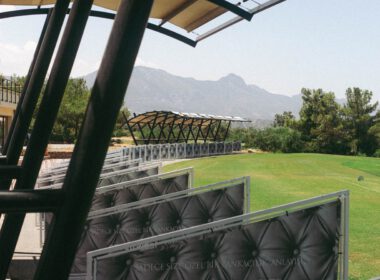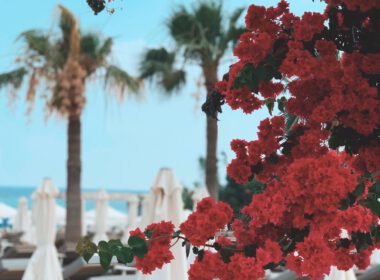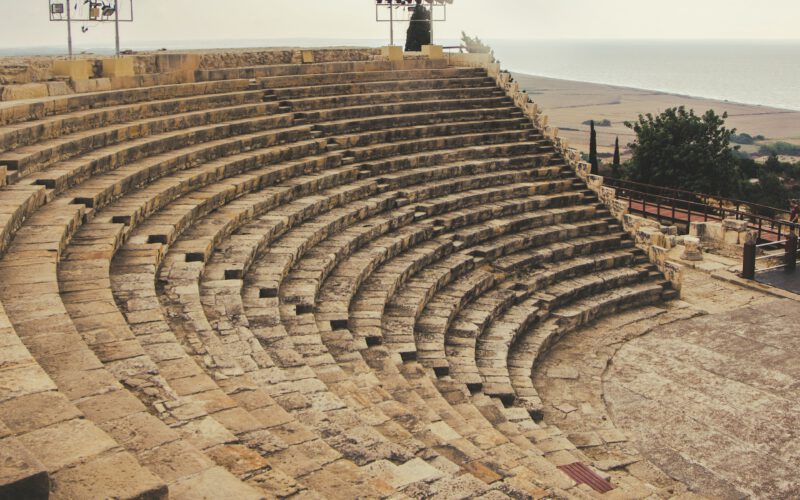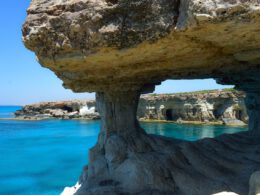Southwest Cyprus is a place that will not leave anyone indifferent. The unique diversity of the region is a guarantee of relaxation and entertainment for anyone who decides to come here.
Paphos District is one of the six administrative parts of Cyprus. It used to be home to a predominantly Turkish population and was a region with a less than stellar reputation. Everything changed after the partition of the country. Turks went to the north, and Greeks came here from the north. As part of the construction of the new order, it was decided to invest in the development of this part of Cyprus, rightly suspecting that this place could delight tourists. In 1983, Paphos International Airport was opened. The region became easily accessible, and its natural and historical beauty makes it increasingly popular.
For history lovers
Several archaeological sites of great historical value can be seen in the Paphos district. The most famous is located in the regional capital, Paphos. The city combines the holiday freedom of a resort with a powerful historical heritage. Here you can see the Nea Paphos archaeological park with its beautiful mosaics of Roman villas and ancient necropolis. There are also three museums in the city: archaeological, Byzantine and ethnographic, each of which will interest those who like to discover the secrets of the past. A 16th-century fort built on the ruins of a Lusignan-era fortress awaits lovers of old castles.
Outside the capital is equally interesting. In the village of Kouklia, located in the eastern part of the region, is the archaeological site of Palaipafos. The sanctuary of Aphrodite, which is part of the complex, might prompt you to visit a few kilometers away the place where, according to legend, the goddess Aphrodite was born. Who could resist such a temptation.
And don’t forget the numerous Orthodox monuments that are scattered throughout the island, and in the Paphos region you can see, for example, the Monastery of St. Neophyte a few kilometers north of the capital or the Church of St. Paraskeva in Yeroskipu. By the way, after visiting the temple, you should try the local delicacy lukumi, extremely sweet jellies sprinkled with powdered sugar. And this is yet another example of how everything comes together in Cyprus, and visiting and learning about local sights can be accompanied by many pleasures of a completely different nature.

Beaches, mountains and walks
The district’s terrain promises quite a few attractions. There is a coastline full of picturesque coves and cliffs, there are mountains from the Trodos massif, and there are smaller and larger undulations, conducive to relaxing hikes, observing nature and taking stunning photos. Nearly thirty beaches, as many as 18 of which are of Blue Flag-certified quality (Blue Flag is an international designation for the cleanest bathing beaches, Cyprus consistently ranks outstanding in this discipline). Among the awarded beaches are Alykes beach in the coastal part of Paphos, the beautiful Coral Bay in Pegeia, Halavron on the Akamas peninsula or Kampos tou Souliou in the bay of Chrysochous. The crystal clear waters are favorable for scuba diving. You can also go windsurfing, sailing and even fishing.
Lovers of land-based entertainment will also be satisfied. Four professionally prepared golf courses, infrastructure conducive to various sports, biking trails, including mountain biking, tennis courts. And there are many walking and trekking trails, of various lengths and levels of difficulty. You can go to get tired or to admire the local flora and fauna. Beautiful views, endemic vegetation and relaxing silence, among other things, are guaranteed by the Akamas Peninsula, where there is a national park with specially designated trails with names referring to the mythical past of the place, such as the Aphrodite or Adonis trail.
How about for wine?
Wine production in Cyprus has been going on for thousands of years, and is considered one of the oldest in the world. Today, the island still produces wine using traditional methods and in traditional places, while at the same time some makers are turning to modern solutions. This makes for an interesting diversity, which you can get to know better as you wander along the wine trails. A dozen years ago, 7 wine routes were created in Cyprus, giving the opportunity to learn about local grape varietals, visit vineyards, atmospheric taverns, wineries specializing in traditional production and villages living off this production. There is plenty to choose from in the Paphos district. From Paphos you can set off towards the Akamas peninsula (Laona – Akamas route), on the route you can taste local white wines, cool but delicate, considered to be among the best on the island, and explore red wines produced from the old Maratheftiko grape variety. On the Vouni Panagias – Ambelitis route, on the other hand, you can discover particularly delicate and light white wines, as well as wines produced from the indigenous Mavro grape variety, which yield pleasant dark and rose wines. The wine route in the Diarizos Valley is less well known, but here too, among the hills, small villages and stunning landscapes, interesting wines can be discovered. Those who don’t like hiking can sample Cypriot wines in local restaurants and look around the store shelves for wines from local vineyards.










